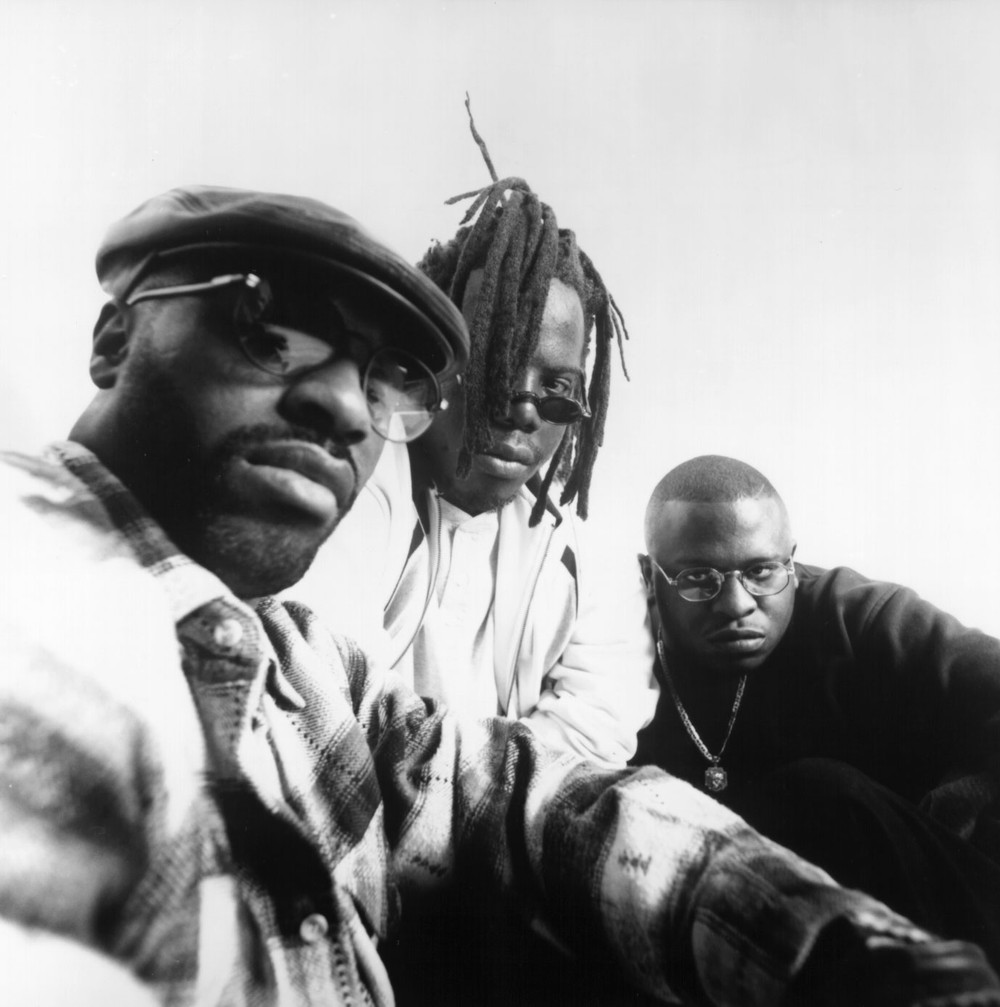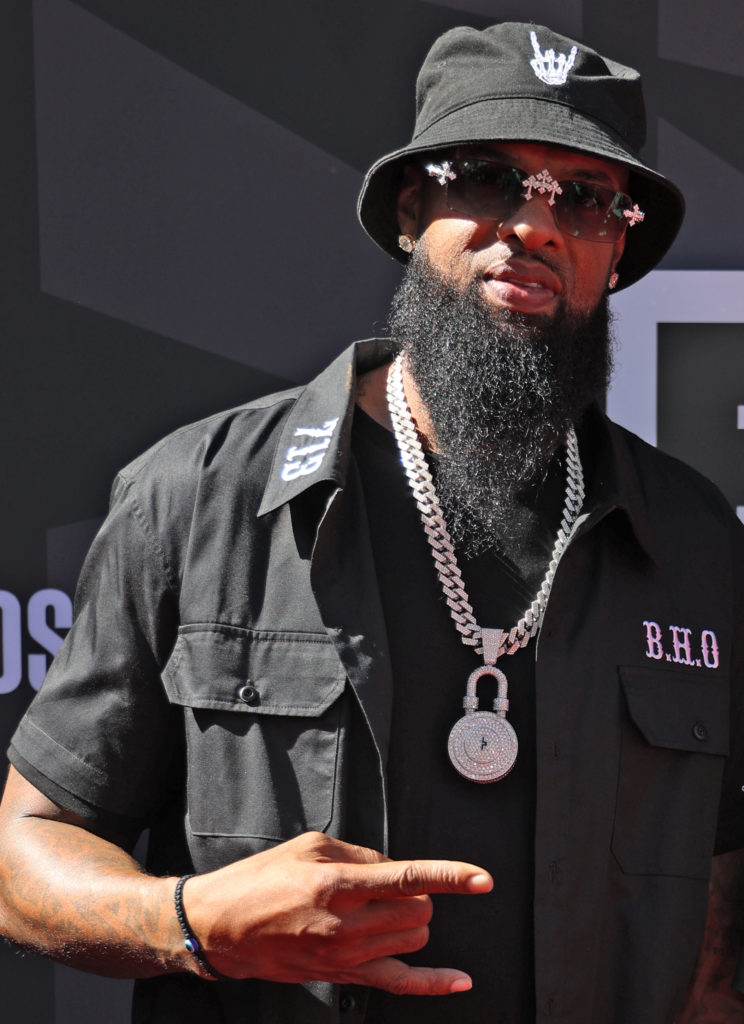Houston, Texas has had a profound and lasting impact on the world of hip-hop since its inception in the 1980s. This sprawling city in the American South has not only produced some of the genre’s most influential artists and producers but has also contributed to the evolution of hip-hop’s sound, style, and culture. In this comprehensive exploration, we will delve into Houston’s significant contributions to hip-hop in the realms of artistry, production, image, and more, tracing its influence from its early days to its continued relevance in the modern hip-hop landscape.
I. Houston’s Early Hip-Hop Roots: The Foundation
Hip-hop in Houston began to take shape in the early 1980s, with pioneers like DJ Screw and the Geto Boys laying the groundwork for the city’s unique style. These early artists set the stage for the distinct Houston sound, characterized by its slow tempo, chopped and screwed production techniques, and gritty, often introspective lyrics.
1. DJ Screw and the Chopped and Screwed Movement

DJ Screw, born Robert Earl Davis Jr., is often credited as the central figure in the development of the chopped and screwed style of hip-hop. He pioneered a distinctive approach to music production that involved slowing down and “screwing” records, creating a hypnotic, slowed-down sound. This style not only impacted Houston’s hip-hop scene but also had a ripple effect across the entire genre, influencing artists and producers nationwide.
The chopped and screwed sound became synonymous with Houston and had a significant influence on artists like Slim Thug, UGK (Underground Kingz), and Lil’ Flip, who incorporated this technique into their music, helping to establish it as a defining feature of Houston’s hip-hop identity.
2. The Geto Boys: Pioneers of Southern Gangsta Rap

The Geto Boys, consisting of Scarface, Willie D, and Bushwick Bill, emerged in the late 1980s as one of the first Southern hip-hop groups to gain national recognition. Their unapologetically gritty and politically charged lyrics tackled social issues, violence, and life in Houston’s urban neighborhoods. Their debut album, “Making Trouble,” and subsequent releases, including “We Can’t Be Stopped” and “The Resurrection,” established them as pioneers of Southern gangsta rap.
The Geto Boys’ impact on hip-hop extends beyond their music. They helped put Houston on the map as a legitimate hub for hip-hop talent, and their fearless approach to addressing controversial topics laid the groundwork for future Houston artists who would tackle similar issues in their work.
II. Houston’s Artistic Evolution: A Diverse Palette
Houston’s hip-hop scene is characterized by its diversity, with artists spanning various sub-genres and styles. From the gritty street tales of Scarface to the party anthems of Lil’ Flip, the city has produced a wide range of artists, each contributing to its rich tapestry of hip-hop artistry.
1. Scarface: The Lyrical Storyteller
Brad Jordan, known as Scarface, is often hailed as one of the greatest MCs in hip-hop history. His vivid storytelling, intricate lyricism, and introspective themes set him apart in the rap world. Albums like “The Diary” and “The Fix” showcase his ability to tackle complex social issues, including poverty, addiction, and systemic injustice, with raw authenticity.
Scarface’s influence can be heard in artists like Nas, Jay-Z, and Kendrick Lamar, all of whom have acknowledged his impact on their own careers. His legacy as a profound lyricist and storyteller from Houston has left an indelible mark on hip-hop as a whole.

Photo by Elliot Guidry
2. Slim Thug and the Swishahouse Era
In the early 2000s, Houston saw the emergence of a new wave of artists associated with Swishahouse Records, a label founded by DJ Michael “5000” Watts. Slim Thug, Chamillionaire, and Mike Jones, among others, rose to prominence during this era. Their music often celebrated Houston’s car culture, its distinctive slang, and the city’s vibrant strip club scene.
Slim Thug, in particular, became one of the prominent faces of Houston hip-hop, known for his deep, booming voice and charismatic presence. His 2005 album, “Already Platinum,” featured collaborations with industry heavyweights like Pharrell Williams and brought Houston’s hip-hop culture to a wider audience.
3. The Emergence of Chopped and Screwed R&B
Houston’s influence wasn’t confined to rap alone. In the late ’90s and early 2000s, artists like DJ Screw and R&B singer Robert Earl Davis Jr., better known as DJ Screw and DJ Screw Jr., pioneered the “chopped and screwed” R&B sub-genre. This unique approach to R&B music involved slowing down and remixing classic R&B tracks, giving them a distinct Houston twist.
This sub-genre influenced artists like Beyoncé, who grew up in Houston, and her Destiny’s Child groupmate Kelly Rowland. They incorporated elements of chopped and screwed R&B into their music, helping to popularize the sound on a global scale.
III. Houston’s Impact on Production and Sound
Houston’s impact on hip-hop production is undeniable. The city has birthed innovative producers and production techniques that have left an enduring imprint on the genre.
1. Pioneering the Screwed Sound
As mentioned earlier, DJ Screw was the driving force behind the chopped and screwed sound, and his influence on production techniques cannot be overstated. His use of slowed-down records and tape manipulation not only created a distinctive sonic signature but also paved the way for producers nationwide to experiment with tempo and pitch manipulation.
Producers like Mike Dean, who worked extensively with Kanye West, were heavily influenced by the chopped and screwed sound. This influence is evident in many of West’s productions, such as the iconic “Late Registration” album.
2. The Signature Houston Sound
Houston’s hip-hop sound is characterized by its slow, heavy beats, often infused with elements of Southern funk and soul music. Producers like DJ DMD and Mannie Fresh, though primarily associated with other Southern cities, played a significant role in shaping this sonic identity. Mannie Fresh, for instance, produced for Cash Money Records and artists like Juvenile and Lil Wayne, contributing to the broader Southern rap scene while maintaining a connection to Houston’s influence.
Additionally, Houston’s use of live instrumentation, including live bands and chopped-up samples, added depth and richness to the city’s production style. This approach can be heard in the work of producers like N.O. Joe, who contributed to Scarface’s classic albums.
IV. Image and Culture: Houston’s Impact Beyond the Music
Houston’s impact on hip-hop goes beyond just music. The city’s unique culture, fashion, and lifestyle have all left a mark on the genre’s visual and cultural identity.
1. Car Culture and Candy Paint

Houston is known for its vibrant car culture, particularly the “slab” (slow, low, and bangin’) culture. Slabs are custom cars, typically old-school American sedans/lincolns , adorned with elaborate paint jobs, massive rims (spokes/elbows), and booming sound systems. This car culture became synonymous with Houston’s hip-hop scene, and artists often showcased slabs in their music videos and album artwork.
The use of candy paint—a highly reflective, colorful automotive finish—became a symbol of Houston’s style. Rappers like Paul Wall, who popularized the term “grill” for gold and diamond-encrusted dental accessories, embraced this visual aesthetic, influencing not only other Houston artists but also hip-hop fashion and jewelry trends nationwide.
2. Screwed and Chopped Visual Aesthetics
Houston’s visual aesthetic also drew from its musical roots. Music videos often featured the same slowed-down, hypnotic visuals that mirrored the chopped and screwed sound. Artists like Chamillionaire incorporated these visual aesthetics into their music videos, creating a unique visual identity that reinforced the city’s musical style.
3. Street Culture and Slang
Houston’s hip-hop scene was deeply intertwined with the city’s street culture, and the slang and vernacular used by Houston artists permeated hip-hop culture at large. Phrases like “sippin’ syrup” (referring to the recreational use of codeine cough syrup) and “throwed in the game” (feeling intoxicated) became part of the hip-hop lexicon, thanks to Houston’s influence.
V. Modern Houston Hip-Hop: A Continuation of Legacy
Houston’s impact on hip-hop continues to be felt in the modern era. While some of the city’s pioneering artists have passed the torch, a new generation of talent has emerged, maintaining and evolving the city’s unique hip-hop identity.
1. Travis Scott: A Houston Trailblazer
Travis Scott, born Jacques Webster II, is one of the most prominent contemporary hip-hop artists associated with Houston. He has achieved global recognition for his genre-blurring music, which incorporates elements of hip-hop, rap, trap, and rock. Scott’s impact extends beyond music, as he is also known for his influence on fashion and youth culture.
His “Astroworld” album, named after the iconic Houston amusement park, pays homage to his Houston roots and helped reintroduce the city’s hip-hop scene to a new generation. Scott’s success demonstrates that Houston’s influence is not limited to a particular sound but rather permeates various facets of modern hip-hop.
2. Megan Thee Stallion: Empowering Women in Hip-Hop
Megan Thee Stallion, born Megan Jovon Ruth Pete, is another Houston native who has made a significant impact on the hip-hop industry. Known for her empowering lyrics, confident persona, and unapologetic embrace of her sexuality, Megan challenges traditional gender roles within hip-hop.
Megan’s success has brought a fresh perspective to Houston hip-hop and the genre as a whole. Her rise to stardom demonstrates the city’s ability to produce diverse and influential voices within hip-hop, transcending gender and expectations.
3. Continued Production Innovation

Photo by Elliot Guidry
Houston’s production innovators remain relevant in today’s hip-hop landscape. Producers like Mike Dean and Don Toliver, both associated with Travis Scott’s Cactus Jack label, continue to push the boundaries of sound and production techniques. Their contributions extend beyond Houston and are shaping the broader hip-hop genre.
VI. Conclusion: Houston’s Enduring Legacy in Hip-Hop
Houston, Texas, has left an indelible mark on the world of hip-hop. From its early pioneers like DJ Screw and the Geto Boys to contemporary trailblazers like Travis Scott and Megan Thee Stallion, the city has consistently produced artists, producers, and cultural innovators who have shaped the genre’s landscape.
Houston’s influence can be heard in the music, production techniques, visual aesthetics, and cultural elements that define hip-hop today. The city’s unique blend of Southern influences, chopped and screwed production, car culture, and street slang has created a rich and enduring legacy that continues to evolve and inspire new generations of hip-hop artists.
As the genre continues to evolve, expand and diversify, Houston’s contribution to hip-hop remains a testament to the city’s resilience, creativity,individuality, community, stance on socio-economic oppression and cultural impact. It serves as a reminder that hip-hop is not just a genre of music but a dynamic and ever-evolving cultural phenomenon deeply rooted in the communities and cities that give it life.








